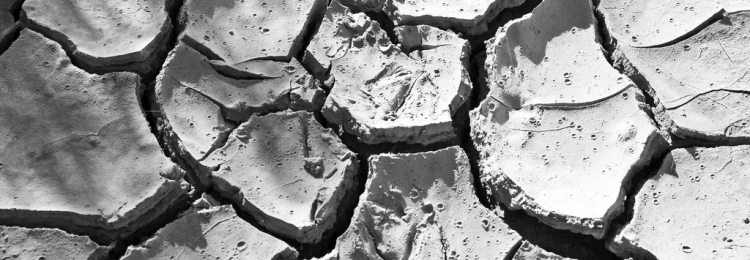
Humanity’s and nature’s interconnectedness and interdependence is exemplified in the article “Coal-Burning in the U.S. and Europe Caused a Massive African Drought” by Olga Khazan, which suggests that a major drought that caused great famine from the 1960s to the 1980s in North Africa was not caused by bad farming practices, as was originally thought, but by air pollution emanating from the United States and Europe…
A famine ravaged North Africa’s Sahel region from the mid-1960s through the early 1980s, killing 100,000 people and leaving 750,000 more dependent on food aid. Between 1972 and 1974, the U.S. shipped 600,000 tons of grain to the region, which accounted for about half of the total relief at the time. But even as they worked to save Africans from starvation, what Westerners at the time didn’t know is that the United States and Europe played a big role in the drought itself.
New research from the University of Washington shows that air pollution from the Northern Hemisphere indirectly caused reduced rainfall over Africa’s largely arid Sahel region, causing Lake Chad, a major local water source, to dry up, and leading to widespread crop failures.
Originally, the drought was blamed on overgrazing and poor land management, but a forthcoming study in Geophysical Research Letters shows that the environmental catastrophe was partly the result of factory emissions in the Western world. As the University of Washington puts it:
Aerosols emanating from coal-burning factories in the United States and Europe during the 1960s, ’70s and ’80s cooled the entire Northern Hemisphere, shifting tropical rain bands south. Rains no longer reached the Sahel region, a band that spans the African continent just below the Sahara desert.
Image: "Drought" by Bert Kaufmann.
